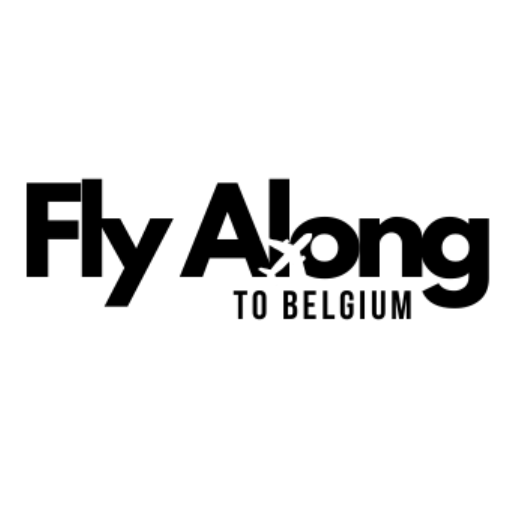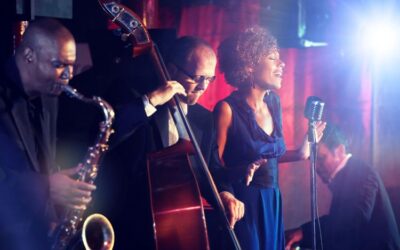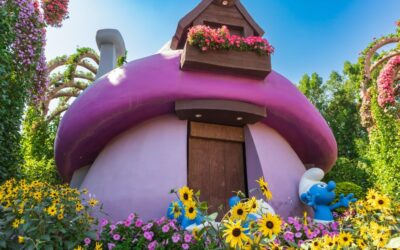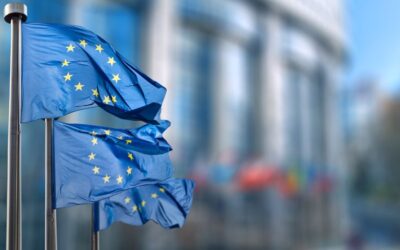Église Notre Dame du Sablon in Brussels
The Église Notre-Dame des Victoires au Sablon, commonly known as Notre-Dame du Sablon, is a stunning example of Brabantine Gothic architecture. Constructed between the 15th and 16th centuries, it has long been considered one of Belgium’s most beautiful churches.
Can you visit the Church?
Yes, you can enter the church Notre-Dame des Victoires au Sablon and it’s free to visit.
Entry Fee:
- Free entry
Opening Hours:
- Daily: 9:00 AM – 6:30 PM
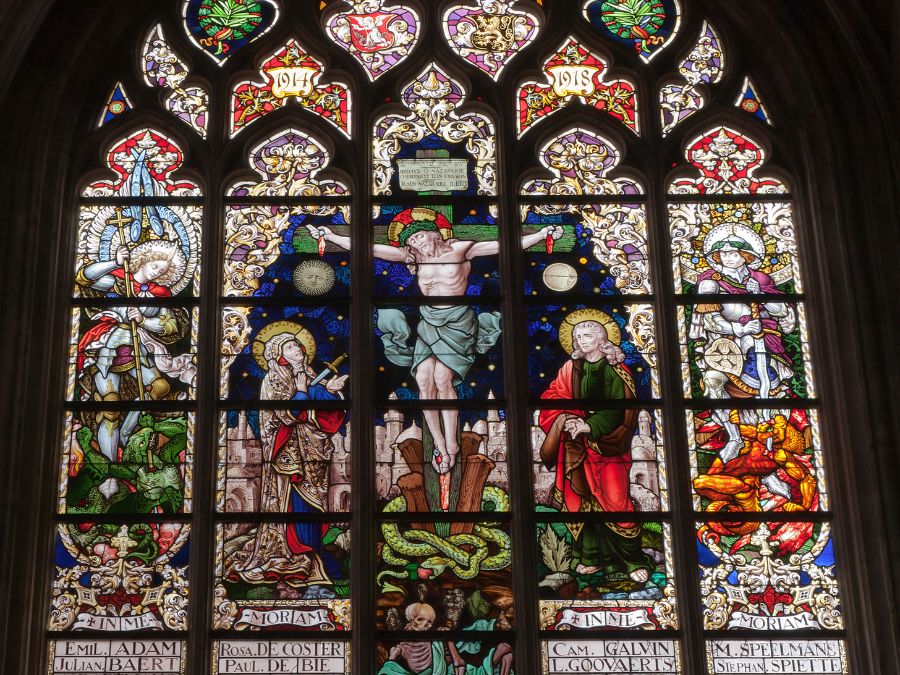
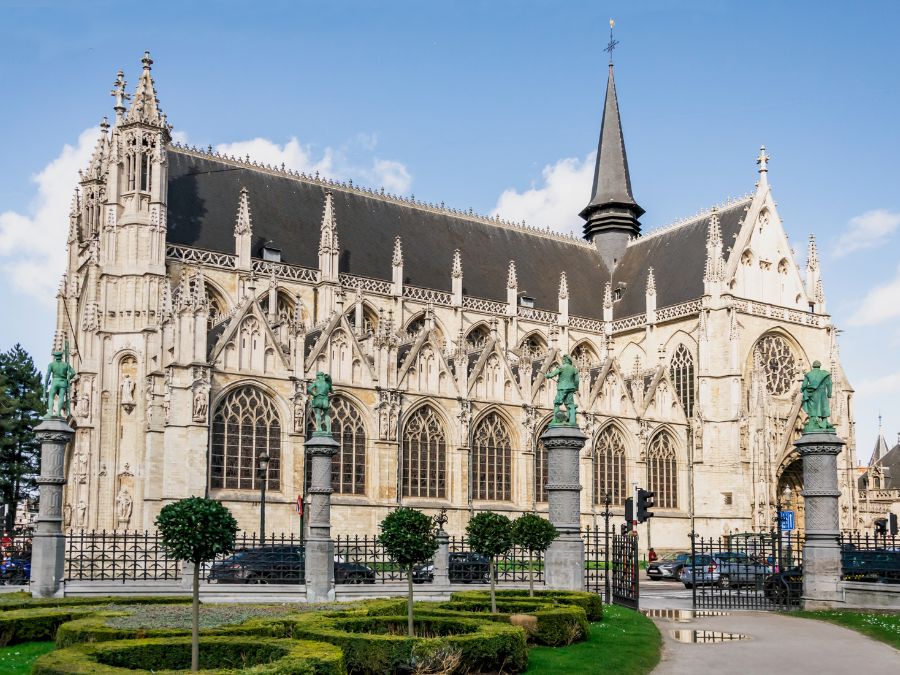
Must-See Highlights
- Baroque Chapels: The church houses two notable Baroque chapels – the Chapel of Saint Ursula and the Chapel of Saint Marcouf – both commissioned by the Thurn und Taxis family in the 17th century.
- Pulpit: A remarkable Baroque pulpit, crafted in 1697 by Marc de Vos, originally belonged to the now-demolished Augustinian church.
- Statues of the Apostles: Twelve mid-17th-century statues of the apostles adorn the nave’s columns, sculpted by prominent Baroque artists.
How to Get to the Église Notre Dame du Sablon?
Address: Zavelstraat, 1000 Brussel, België
Car: Park at Interparking Sablon-Poelaert (5-minute walk) or Albertine Square Parking (8-minute walk).
By Foot: About a 12-minute walk via Rue Bodenbroek, passing through Mont des Arts from Central Station.
Bus: Lines 27, 48, and 95 (Petit Sablon stop)
Metro: Louise/Louiza (Lines 2 and 6) – 10-minute walk
Tram: Lines 92 and 93 (Grand Sablon stop)
Visit the Sablon District with a Guide
Discover Brussels’ rich history on a guided walking tour. Explore both the Lower and Upper City.
Along the way, learn about the city’s museums, best bars, local beers, and where to buy quality chocolates at reasonable prices.
- Duration 2.5 hours
- Live tour guide in Spanish, English or French
- Wheelchair accessible
F.A.Q’s about the Église Notre Dame du Sablon
What is the history of the Église Notre-Dame des Victoires au Sablon?
The church’s origins date back to 1304 when the Crossbowmen’s Guild built a modest chapel on the Sablon/Zavel. Legend has it that in 1348, a devout woman from Antwerp named Beatrijs Soetkens had a vision instructing her to bring a statue of the Virgin Mary to Brussels. This statue was placed in the chapel, leading to its prominence and the eventual construction of the current Gothic church in the 15th century.
What architectural style is the church built in?
The church is a prime example of Brabantine Gothic architecture, characterized by its pointed arches, ribbed vaults, and intricate stone carvings.
Are there any special events or services held at the church?
The church hosts regular Masses and may hold special services during religious festivals. For the most current information on events and services, it’s best to consult the church’s official communications or contact them directly.
Can I take photographs inside the church?
Photography is generally permitted inside the church. Visitors are encouraged to be respectful and avoid using flash during services or in areas where it may be disruptive.
Read more about activities in Brussels
Top Free Events in Spring in Brussels
Brussels gets busy from April to June. The city hosts parades, concerts, and outdoor festivals. Many of them are free. In this guide, you’ll find the top free events in spring in Brussels. We cover what’s happening in April, May, and June—from live music to flowers...
The Comic Figurines Museum in Brussels
Brussels is the capital of comics. From Tintin to The Smurfs, some of the world’s most famous comic characters were born here. Walk around the city, and you’ll see murals, comic shops, and even themed cafés. One of the best places to discover this comic culture? The...
Visit the European Quarter in Brussels: History & Attractions
The European Quarter in Brussels is a must-visit for anyone exploring the city. Known as the heart of the European Union, it’s where major institutions like the European Parliament and the European Commission are based. Wondering, “Where is the European Parliament?”...
